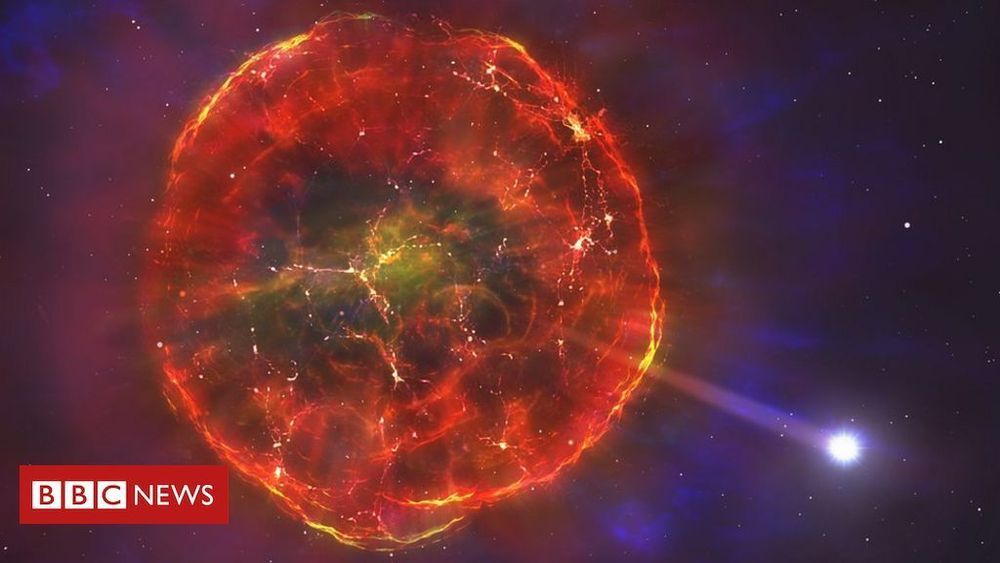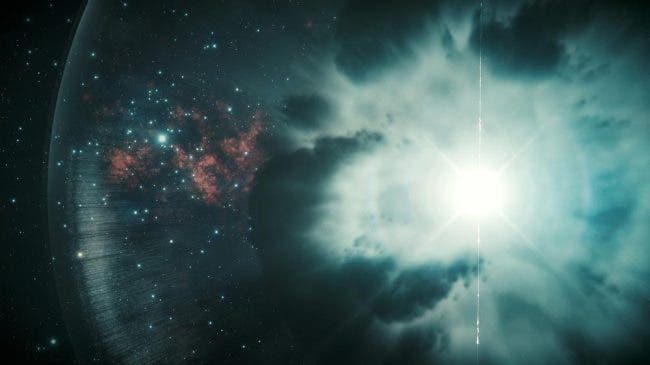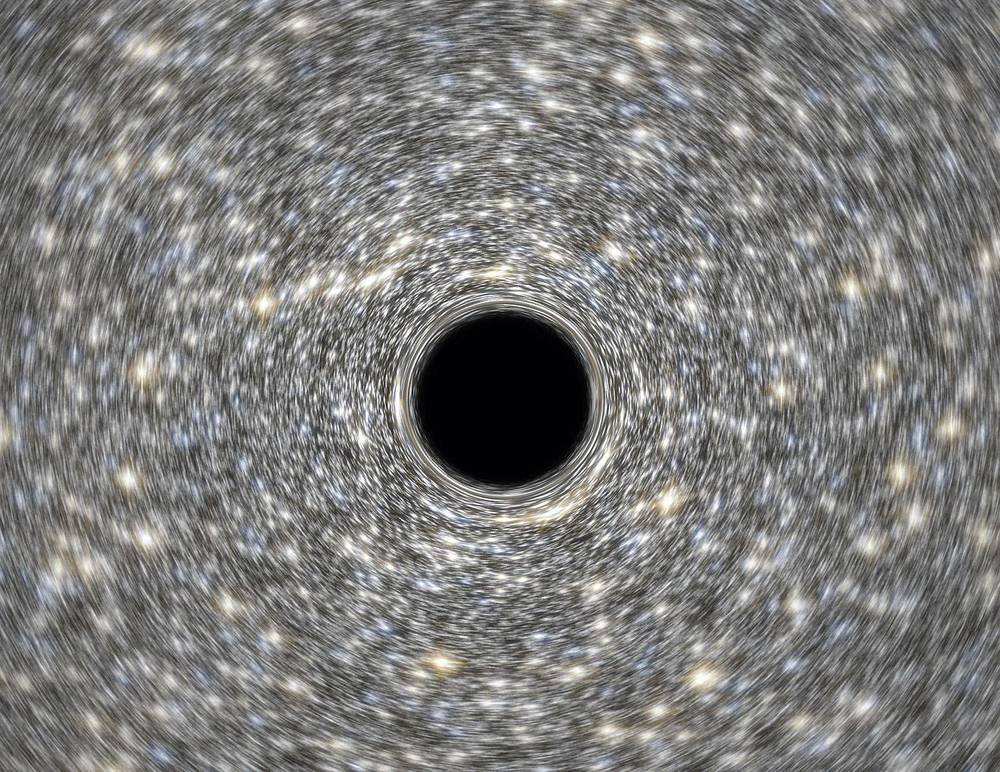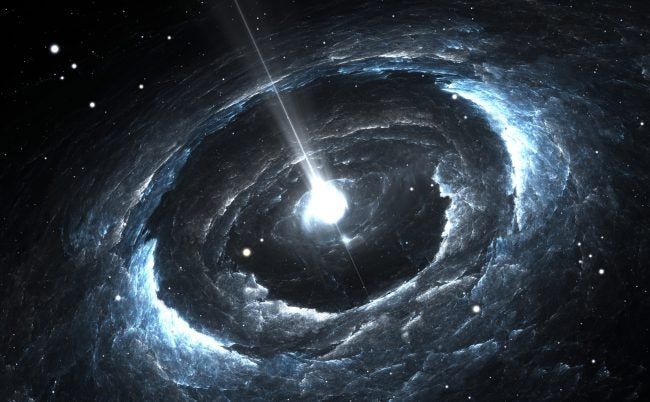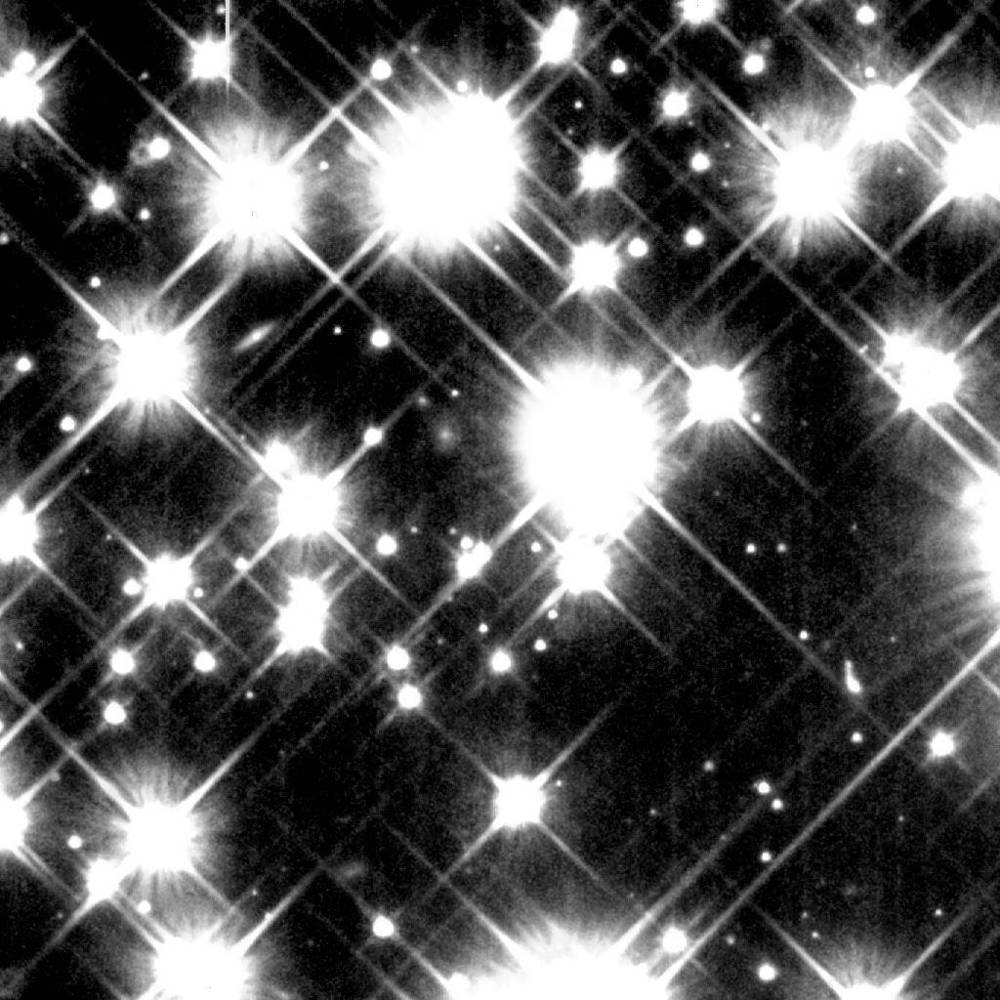Jul 17, 2020
For The First Time Ever, Astronomers Have Witnessed a Black Hole ‘Blink’
Posted by Saúl Morales Rodriguéz in categories: cosmology, materials
Black holes don’t glow — in fact, they’re famous for doing the opposite. But if they’re actively devouring material from the space around them, that material can blaze like a billion X-ray Suns.
And for the first time, astronomers have now seen that blaze mysteriously snuffed out, before gradually returning to brightness.
The supermassive black hole is a beast clocking in at 19 million solar masses, powering a galactic nucleus 275 million light-years away, in a galaxy called 1ES 1927+654.


